Want an easy, natural, and inexpensive way to clean your floors? These homemade recipes work wonders on wood, laminate, and tile. You can also pair them with smart cleaning tools like Dreame wet‑dry vacuums to save time and effort.

Why Make Your Own Floor Cleaner?
Store-bought floor cleaners are often packed with harsh chemicals, mysterious ingredients, and synthetic odors. Worse, they can be expensive, which is especially frustrating when you have multiple floor types to clean. DIY floor cleaners are a safer, budget-friendly alternative.
With a few simple ingredients, you can mix safe, effective solutions at home. They’re cost-friendly, kid- and pet-safe, and surprisingly powerful. That’s why more people in the U.S. are turning to homemade floor cleaner recipes.
What Is a Good Floor Cleaning Solution, Really?
A true floor cleaning solution is crafted to clean without damaging the surface. Unlike all-purpose sprays, these solutions are designed specifically for floors and vary by material type. Some are made for manual mopping, while others are formulated for floor machines like wet-dry vacuums. Please make sure your vacuum is compatible with liquid-based cleaning solutions and always follow the manufacturer’s guidelines to avoid damage or voiding the warranty.
Common DIY ingredients:
- White vinegar
- Castile soap
- Essential oils
- Rubbing alcohol
- Baking soda
Benefits of Using DIY Cleaners
Making your own floor cleaner isn’t just a trendy life hack, it’s a smart, sustainable choice that offers benefits well beyond a sparkling surface. From saving money to protecting your family’s health, here’s why DIY floor cleaning solutions are worth mixing up.
Budget-Friendly = Big Savings
Many store-bought cleaners cost anywhere from $5 to $15 per bottle. By contrast, DIY cleaners use inexpensive ingredients you probably already have (like vinegar, baking soda, and dish soap).
A single $2 bottle of white vinegar can make up to four gallons of cleaning solution. That’s the kind of math your wallet will love.
Bonus: You’ll also reduce “cleaning clutter” in your cabinets by consolidating multiple products into just one or two all-purpose solutions.
Safe for Kids and Pets
Commercial cleaners often contain synthetic fragrances, sulfates, and ammonia. These ingredients can often irritate sensitive skin, eyes, and respiratory systems. This is especially concerning for babies who crawl on floors, toddlers who touch everything, and pets who lick paws.

Customizable to Your Preferences
Don’t love the sharp smell of vinegar? Add lavender or orange essential oil for a natural fragrance. Want more shine on your wood floors? Mix in a drop of olive oil.
DIY cleaners are infinitely customizable, allowing you to control not only the scent but also the strength, ingredients, and purpose. Using the same base, you can make a stronger formula for high-traffic tile areas and a gentler one for delicate hardwood floors
Eco-Friendly: Reduce Waste, Chemicals & Footprint
When you make your own cleaning products, you're not just helping your floors, you're helping the planet. Most store-bought cleaners come in single-use plastic bottles and contain non-biodegradable chemicals that wash down the drain.
DIY Floor Cleaner Recipes by Surface Type
Wood Floor Cleaner
Ingredients:
- 1 cup warm water
- ¼ cup white vinegar
- 1 tablespoon olive oil
- 5–10 drops essential oil (lemon or tea tree)
Step-by-Step:
- Mix in a spray bottle.
- Lightly mist sealed wood floors.
- Mop with a damp microfiber pad to avoid puddling.
Style Tip: The How to Clean Hardwood Floors post offers extra care tips, including how wet‑dry vacuums like Dreame H14 help maintain ideal moisture levels so that they prevent wood damage and deliver a streak-free shine.

Natural All‑Purpose Floor Cleaner
Ingredients:
- 2 cups warm water
- 1 tbsp Castile soap
- 1 tsp baking soda
Step-by-Step:
- Shake ingredients lightly in a spray bottle.
- Spray and mop across vinyl, concrete, and sealed stone surfaces.
- Cleanup works with spray mops or as a homemade mopping solution.
Laminate Floor Cleaner
Ingredients:
- 2 cups water
- ¼ cup rubbing alcohol
- 5 drops of lemon or eucalyptus oil
Step-by-Step:
- Lightly mist laminate floors.
- Mop with a microfiber pad to avoid over-wetting.
- Dry with a soft cloth to prevent warping.
Safety Tip: Learn more in Best Laminate Cleaning: Tools & Tips for ideal cleaning methods.
Tile Floor Cleaner
Ingredients:
- 2 cups warm water
- 2 tbsp white vinegar
- 1 tsp liquid dish soap
Step-by-Step:
- Mop with the mixture.
- Rinse with clean water to avoid residue.
For more in-depth guidance, see How to Clean and Mop Tile Floors.
Citrus-Infused Floor Cleaner
This natural floor cleaner recipe adds a refreshing citrus boost, which makes it great for spring cleaning and odor control.
Best for: All sealed floors
Ingredients:
- Peels from 2–3 oranges or lemons
- 2 cups white vinegar
- 2 cups water
- Optional: 10 drops sweet orange essential oil
Instructions:
- Soak citrus peels in vinegar in a jar for 5–7 days.
- Strain and dilute with water.
- Pour into a spray bottle, spray the floor, and mop as usual.
🍋 Eco-Friendly Bonus: Reuse citrus peels that would otherwise go to waste!

Eco-Friendly Tips for DIY Floor Cleaning
Small changes in your cleaning routine can make a big impact on both your health and the environment. These tips are not only sustainable but also smart, cost-effective, and easy to adopt in any household.
Reuse Glass Spray Bottles
Instead of buying new plastic bottles for every homemade solution, opt for sturdy glass spray bottles. They're reusable, non-toxic, and don’t leach chemicals into your mix over time like some plastics can. Bonus: they look great on open shelves.
Fun Fact: A single reused glass bottle can prevent dozens of plastic bottles from entering landfills each year.
Choose Biodegradable Materials
Many conventional cleaning supplies, such as disposable mop pads, end up in landfills and take centuries to break down. Instead, go for biodegradable tools made from bamboo, cellulose, or coconut fibers.
Look for:
- Compostable sponge cloths
- Bamboo mop handles
- Bioplastic scrubbers
Add Citrus Peels for Natural Scent
Store-bought cleaners often mask odors with synthetic fragrances that can irritate allergies and skin. Lemon, orange, or grapefruit peels can give your DIY solutions a natural and refreshing boost. They also contain natural oils with antimicrobial properties.
How to use them:
- Soak peels in vinegar for a week to create an all-purpose citrus vinegar cleaner.
- Drop dried peels in your mop water for instant aroma.

Beyond DIY: Are There Better Ways to Clean Floors?
|
Method |
Best For |
Effort Level |
Surface Compatibility |
Eco Impact |
|---|---|---|---|---|
|
DIY Natural Mop Solution |
Budget-friendly cleaning with natural ingredients |
High (manual scrubbing, prep, and rinse) |
Tile, vinyl, laminate, sealed hardwood |
Low waste; reusable mop and minimal chemicals |
|
Powerful daily cleaning with minimal water mess |
Medium (plug in, empty tank occasionally) |
Hard floors, tile, laminate, low-pile rugs |
Moderately efficient; uses electricity and some water |
|
|
Robot Vacuum + Mop Combo |
Hands-free cleaning and scheduled floor maintenance |
Low (set it and forget it) |
Most sealed hard floors; check model guidelines |
Varies by model; energy-saving options available |
Expert Insight from Consumer Reports
According to Consumer Reports, many conventional cleaning products contain hidden or undisclosed ingredients that may contribute to allergies, asthma, reproductive harm, or poor indoor air quality. Ingredients like ammonia compounds, artificial fragrances, and colorants are flagged as potential irritants or endocrine disruptors.
FAQs
Q: Will vinegar damage wood floors?
A: Only if the wood is unsealed or exposed. Use small amounts on sealed floors.
Q: Can I pour DIY solutions into a robot mop?
A: Only if recommended by the manufacturer. Dreame robot vacuums like the X50 Ultra typically require plain water or approved solutions.
Q: How often should I vacuum and mop?
A: Vacuum daily and mop weekly, or more if you have pets or kids.
Final Thoughts
With simple homemade floor cleaner recipes, you can save money, stay eco-friendly, and keep your home fresh. The best approach? Mist your floors with a safe DIY solution, then let a Dreame smart vacuum do the heavy lifting. It’s the best of both worlds, DIY and tech working together.















































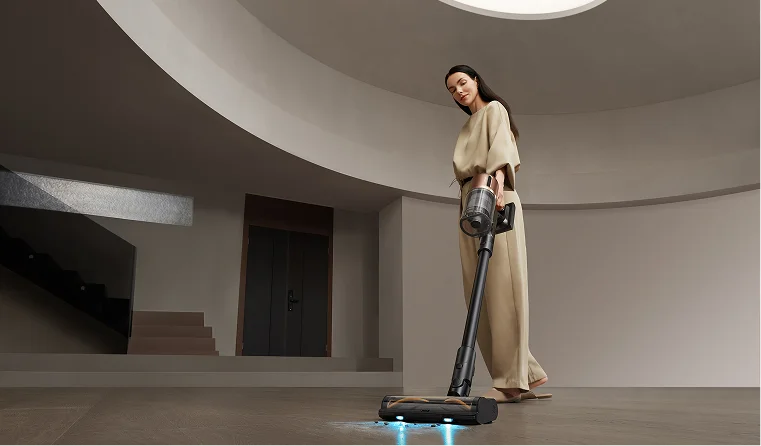
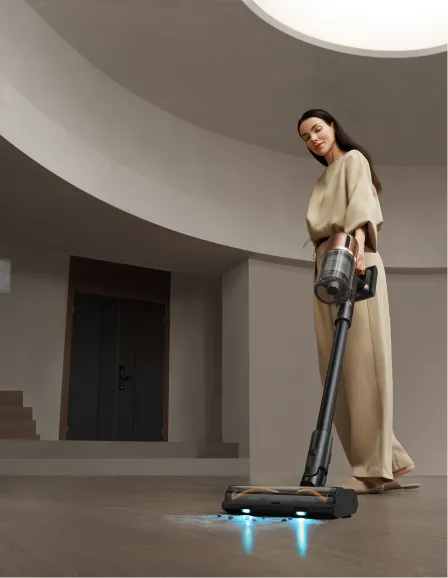

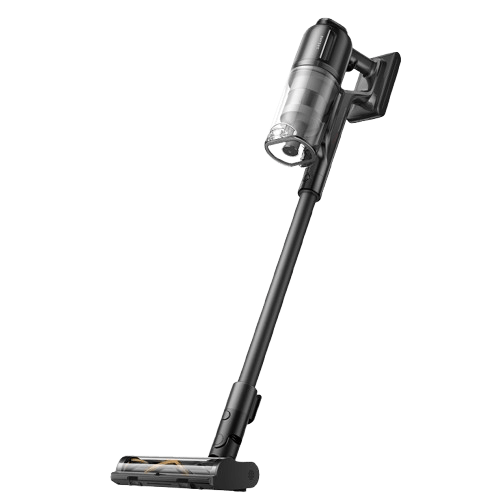

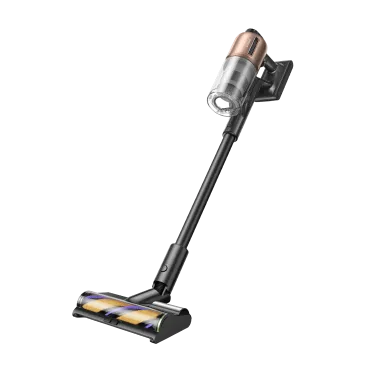
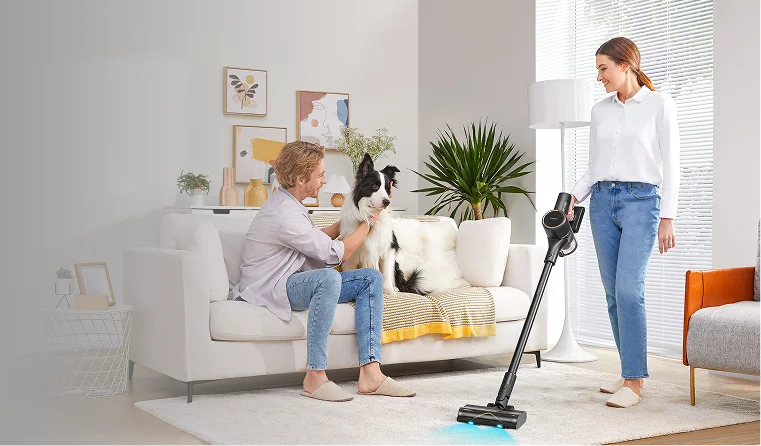
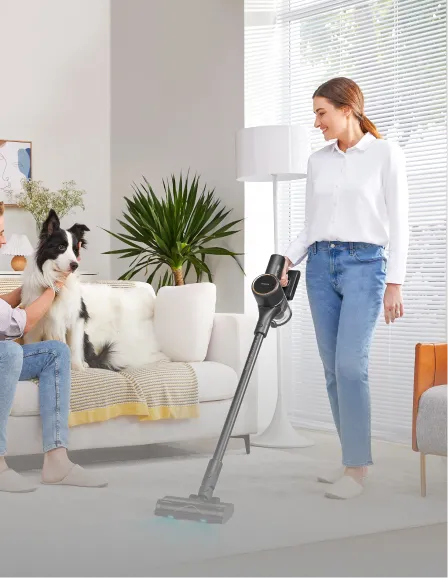
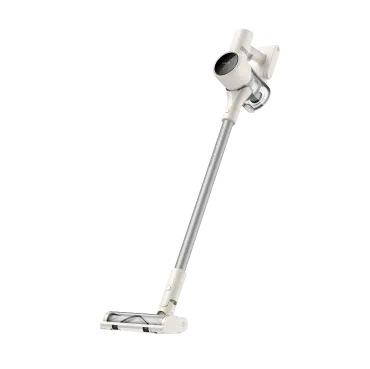

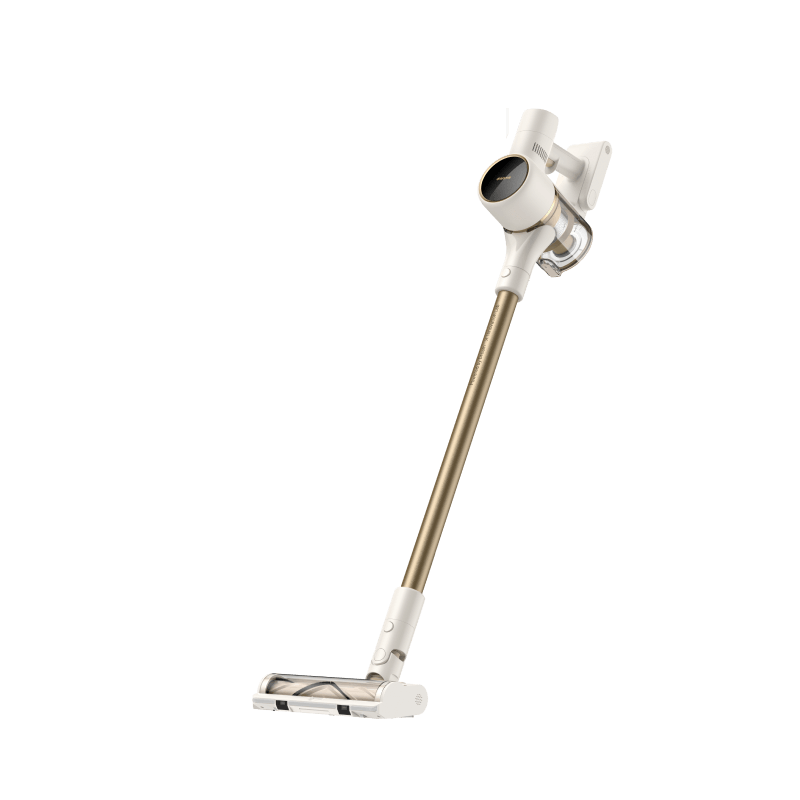
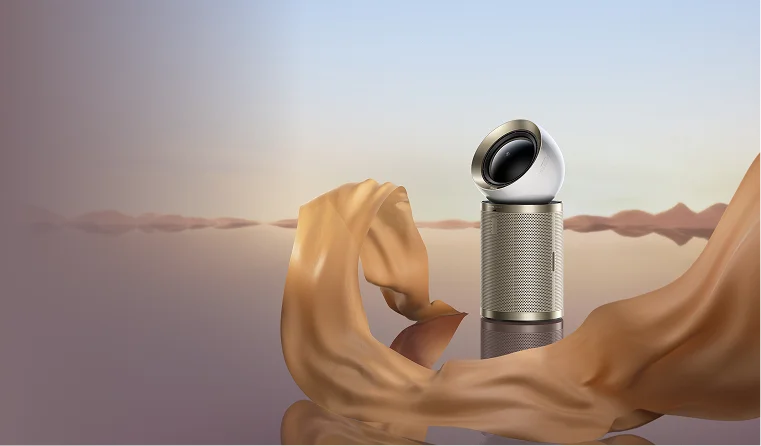
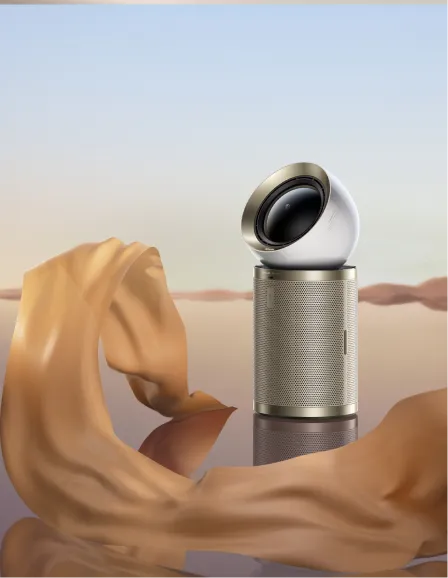

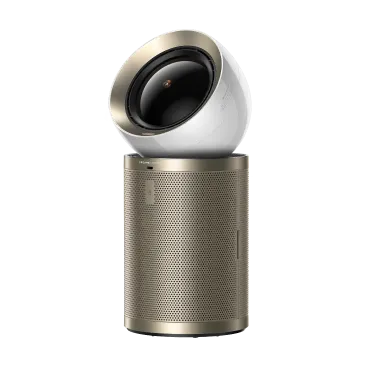

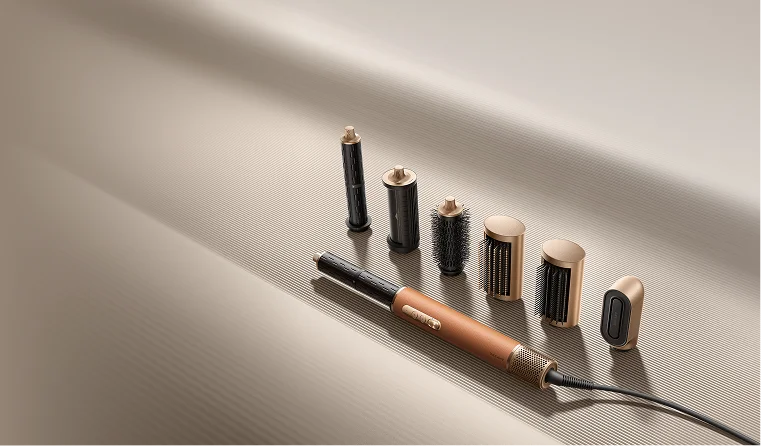
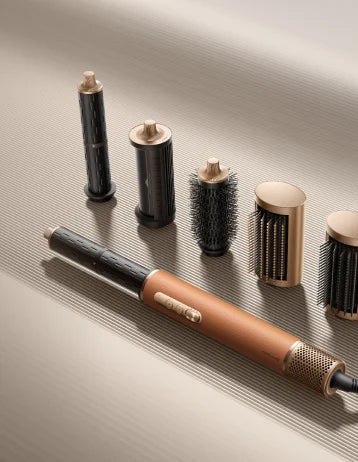
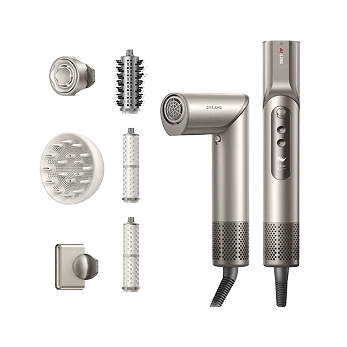


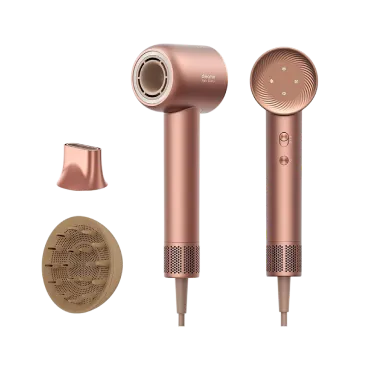
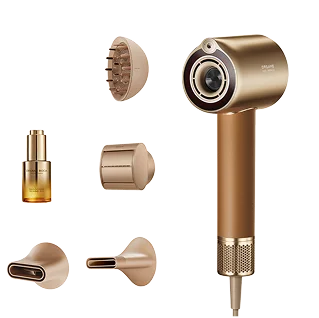




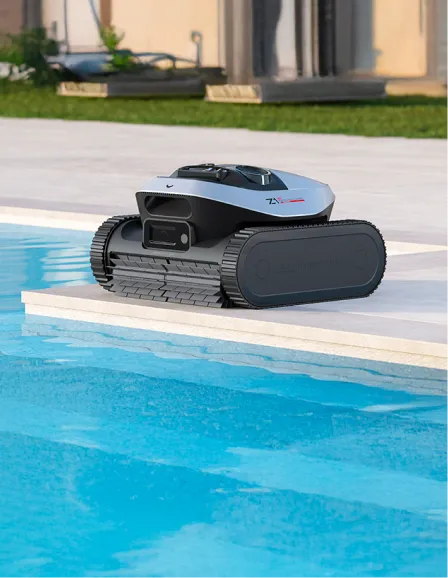
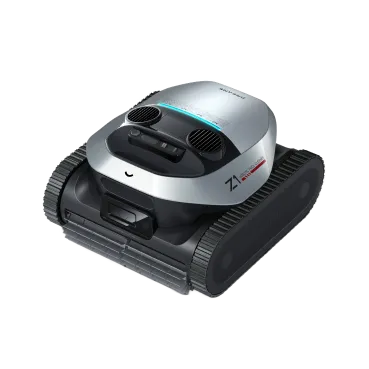
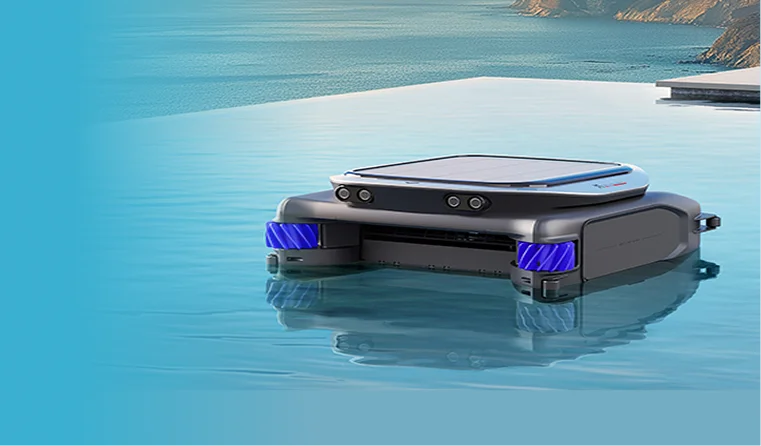











 Australia
Australia 中国大陆
中国大陆 日本
日本


 Türkiye
Türkiye


 Italia
Italia
 Netherlands
Netherlands Belgium
Belgium
 Greece
Greece Polska
Polska
 Norway
Norway
 Sweden
Sweden
 Finland
Finland
 Denmark
Denmark
 Hungary
Hungary Czechia
Czechia
 Slovenia
Slovenia
 Croatia
Croatia
 Switzerland
Switzerland United Kingdom
United Kingdom
 Canada
Canada

